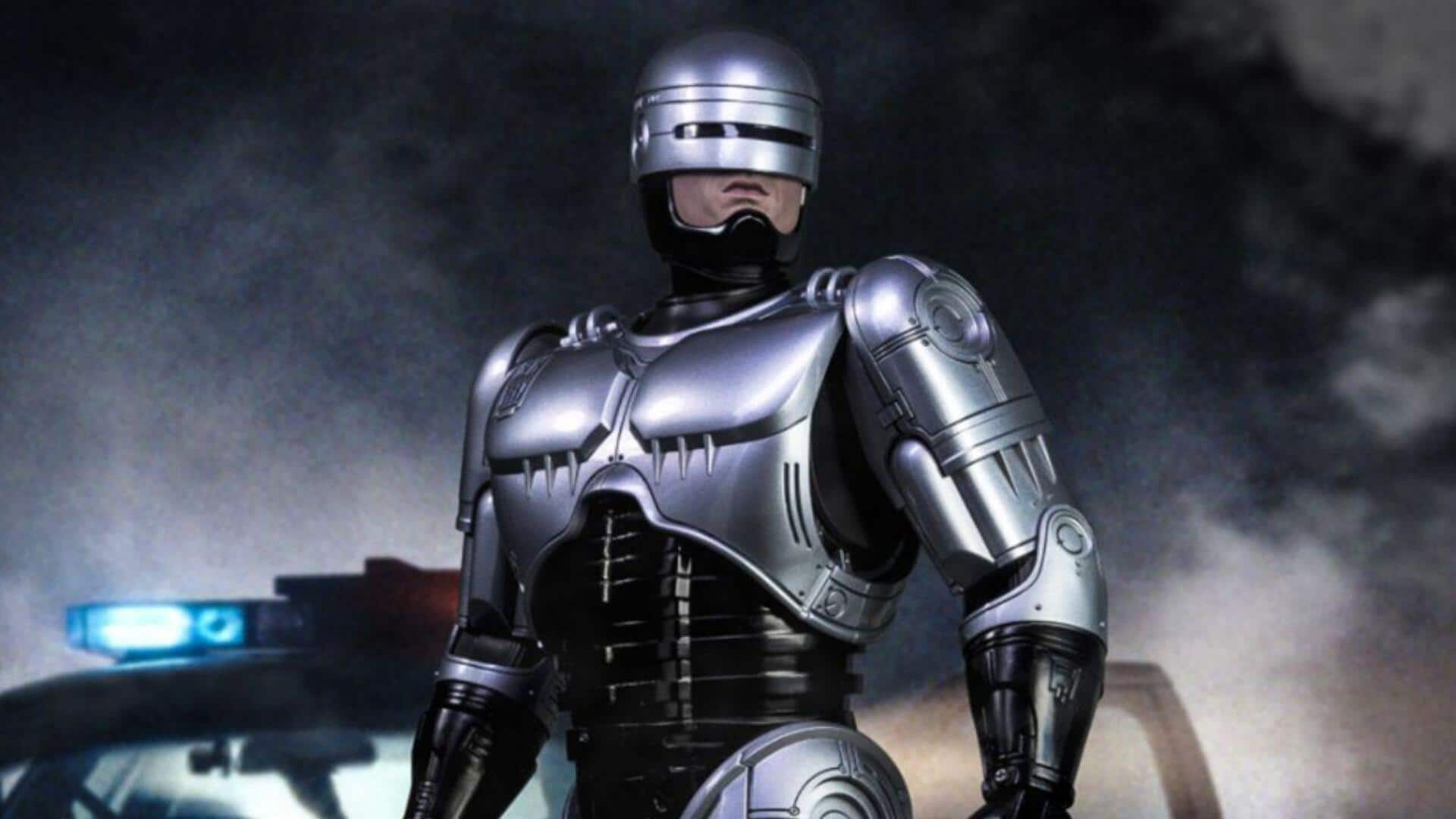
The evolution of 'RoboCop' in US cinema
What's the story
The evolution of Robocop in US cinema provides a fascinating insight into cultural shifts. From the day it debuted, the franchise has reflected societal concerns and technological advancements. Each iteration mirrors the era's anxieties and hopes, making it a one-of-a-kind cultural artifact. Here's how Robocop evolved, highlighting key changes and their significance within American culture.
#1
The original 'Robocop': 1980s dystopia
The original Robocop from 1987 was a product of its time, a time defined by economic uncertainty but technological optimism. The film's critique of corporate greed and urban decay appealed to audiences grappling with the same issues. Its vision of advanced robotics was thrilling but also cautionary, mirroring fears of technology's role in society. This one set the tone for future installments, marrying action with social commentary.
#2
1990s sequels: Shifting focus
However, sequels to Robocop in the 1990s moved away from corporate critique to simple action stories. The films mirrored a decade of economic growth and relative peace. Although they still had some elements of social commentary, they were more about entertainment than introspection. This shift also reflected the larger trends in cinema at the time, when blockbusters often trumped deeper themes.
#3
Rebooting for a new era: 2014 remake
The 2014 remake of Robocop aimed to modernize the franchise but stay true to its roots. It tackled modern-day problems like drone warfare, surveillance, and privacy—something that became more prominent after 9/11. By addressing these in the fabric of its story along with iconic symbols of previous movies, this reboot appealed to old fans as well as new audiences.
Tip 1
Technological advancements: Impact on storytelling
From practical effects that were originally used to CGI enhancements we see on screen today, technological advancements have revolutionized storytelling within the Robocop franchise over time. Each iteration exemplifies how filmmakers evolve their craft with available resources, but maintain thematic continuity across the different eras explored within cinematic history itself!